Table of content
Introduction
Persimmons, with their vibrant orange hue and sweet-tangy flavor, are a delightful addition to any autumn harvest. However, many people are discouraged by their astringency, especially when the fruit is not fully ripe. The astringency, caused by high levels of tannins, can make the fruit unpalatable. On the other hand, overripe persimmons often lose their crisp texture, turning mushy and unappealing. Achieving the perfect balance between non-astringency and crispness can be challenging, but with the right techniques, you can enjoy persimmons at their absolute best. This article will explore various methods to make persimmons non-astringent and crisp, ensuring you can savor every bite.
Understanding Persimmon Varieties
Before diving into the techniques, it’s crucial to understand the different types of persimmons. Broadly, there are two main categories: astringent and non-astringent varieties. Astringent varieties, such as the Hachiya, are high in tannins and require full ripening to become edible. Non-astringent varieties, like the Fuyu, are naturally sweet and can be eaten even when slightly unripe, though they still benefit from ripening for optimal texture.
For the purpose of this article, we will focus on techniques that can enhance both categories, with an emphasis on reducing astringency in astringent varieties and maintaining crispness across all types.
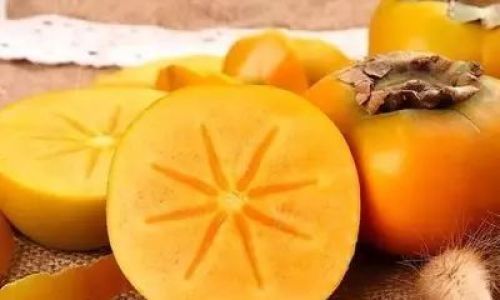
Selecting the Right Persimmons
The first step in achieving non-astringent and crisp persimmons is selecting the right ones at the store or from your tree. Look for firm, smooth-skinned fruits with no bruises or soft spots. The color should be a deep, vibrant orange for most varieties, indicating ripeness. For astringent varieties, ensure they are fully ripe; they should be very soft to the touch, almost like overripe tomatoes. Non-astringent varieties can be picked slightly firmer, as they will continue to ripen off the tree.
Storing Persimmons Properly
Proper storage is key to maintaining the quality of your persimmons. Astringent varieties should be allowed to ripen fully at room temperature. Place them in a single layer on a counter or in a paper bag to accelerate the ripening process. Check them daily, and once they are very soft, they are ready to eat.
Non-astringent varieties can be stored in the refrigerator for up to two weeks to slow down ripening. However, for best results, consume them within a few days of picking or purchasing while they are still firm but slightly soft to the touch.
Removing Astringency: Techniques and Tips
Freezing and Thawing
One effective method to reduce astringency in astringent persimmons is freezing and thawing. This process breaks down the tannins, making the fruit less astringent. Here’s how to do it:
- Peel and slice the fully ripe persimmons.
- Place the slices on a baking sheet lined with parchment paper and freeze until solid.
- Transfer the frozen slices to an airtight container and store in the freezer until needed.
- To thaw, place the slices in the refrigerator overnight or on the counter for a few hours.
- Once thawed, the persimmons will be less astringent and can be enjoyed raw or used in recipes.
Ethanol Treatment
Another method to reduce astringency involves using ethanol, commonly known as alcohol. Ethanol binds to tannins, making them less available to interact with your taste buds. Here’s a simple way to do it:
- Peel and chop the persimmons into small pieces.
- Place the pieces in a bowl and pour enough rubbing alcohol (70% ethanol) to cover them completely.
- Let them sit for about 10-15 minutes, stirring occasionally.
- Rinse the persimmons thoroughly under cold water to remove all traces of alcohol.
- Pat them dry and use as desired. Note that this method may alter the flavor slightly due to the residual alcohol taste, which can be mitigated by cooking or blending the fruit.
Blanching
Blanching is a quick and effective way to reduce astringency while retaining the fruit’s crispness. Here’s how to blanch persimmons:
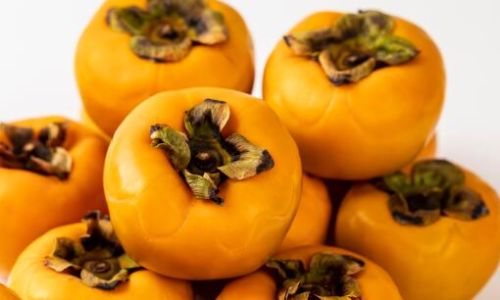
- Bring a large pot of water to a boil.
- Peel and slice the persimmons.
- Prepare an ice bath by filling a large bowl with ice and cold water.
- Blanch the persimmon slices in the boiling water for about 30-60 seconds.
- Immediately transfer them to the ice bath to stop the cooking process.
- Drain and pat the slices dry. They can now be used in salads, desserts, or other dishes.
Maintaining Crispness: Techniques and Tips
Picking at the Right Stage
For non-astringent varieties like Fuyu, picking the fruit at the right stage is crucial for maintaining crispness. Harvest them when they are firm but slightly soft to the touch. This ensures they are ripe enough to be sweet but still retain their crisp texture.
Using a Fruit Ripener
If you have a large batch of astringent persimmons that need to ripen evenly, consider using a fruit ripener. These devices emit ethylene gas, which accelerates the ripening process. Place the persimmons in a closed container with a fruit ripener and check them daily until they reach the desired softness. Once ripe, consume them quickly to avoid over-ripening and loss of crispness.
Drying or Dehydrating
Drying or dehydrating persimmons is an excellent way to preserve their crispness while reducing astringency. Here’s how to do it:
- Peel and slice the persimmons thinly.
- Preheat your oven to its lowest setting or use a food dehydrator.
- Arrange the slices on baking sheets lined with parchment paper.
- Dry them in the oven or dehydrator until they are crisp and slightly leathery. This can take several hours to a day, depending on the method and thickness of the slices.
- Store the dried persimmons in an airtight container. They can be enjoyed as a snack or used in baking and cooking.
Cooking Techniques
Cooking persimmons can also help reduce astringency while maintaining a pleasant texture. Here are a few techniques:
- Roasting: Peel and chop the persimmons, toss with olive oil, salt, and pepper, and roast in a preheated oven at 400°F (200°C) for about 20-30 minutes, until soft and caramelized.
- Baking: Use persimmons in baked goods like cakes, muffins, or breads. Their natural sweetness enhances the flavor of these treats, and the cooking process reduces astringency.
- Pureeing: Blend ripe persimmons into a puree and use it as a base for smoothies, sorbets, or sauces. The blending process breaks down tannins, making the puree less astringent.
Conclusion
Enjoying persimmons at their best requires a bit of knowledge and effort, but the rewards are well worth it. By understanding the different varieties, selecting and storing them properly, and applying the right techniques to reduce astringency and maintain crispness, you can transform these autumn gems into delicious and versatile ingredients. Whether you prefer them raw, cooked, dried, or frozen, with the right approach, persimmons can be a delightful addition to your culinary repertoire. So, the next time you come across a batch of these orange wonders, don’t let their astringency deter you—embrace the challenge and unlock their full potential.
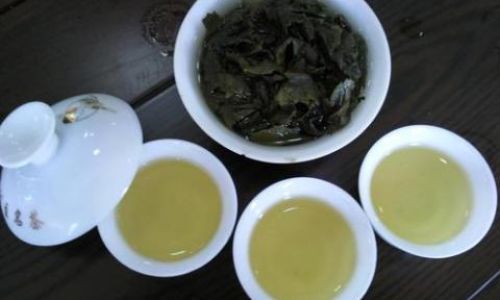
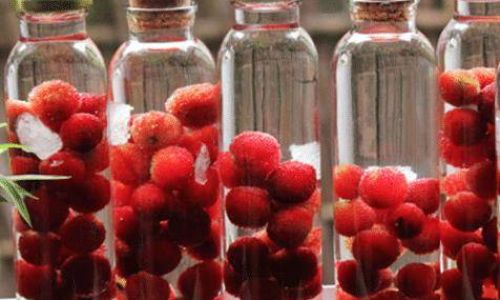
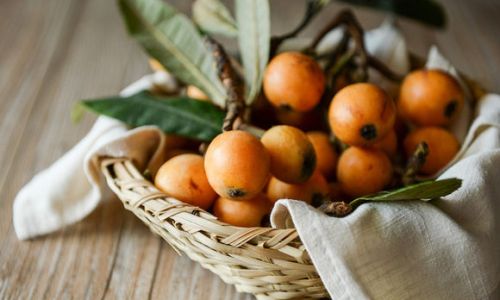

0 comments